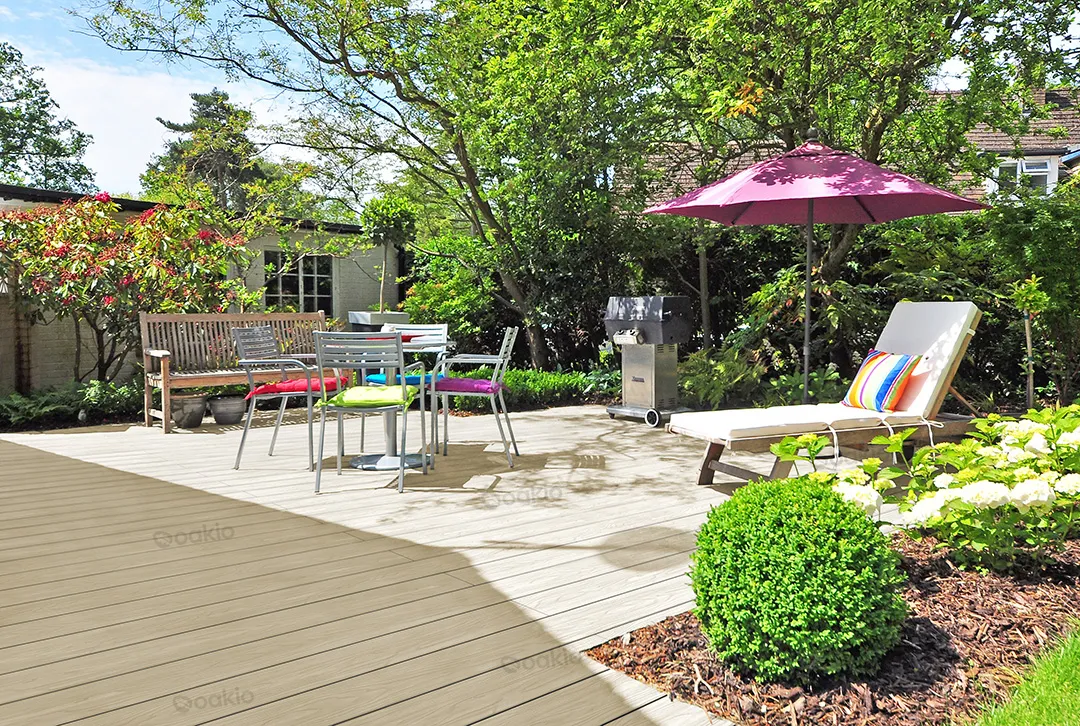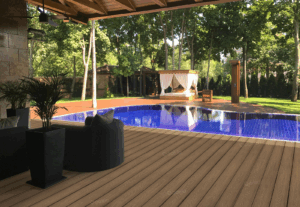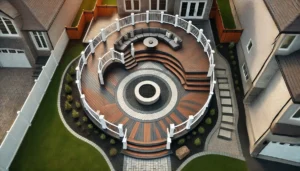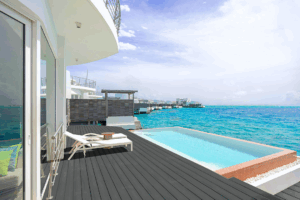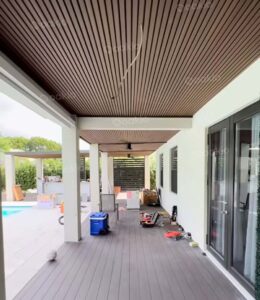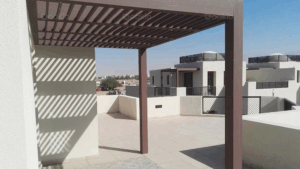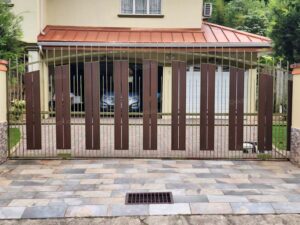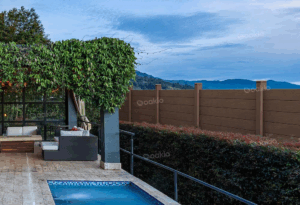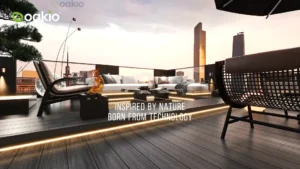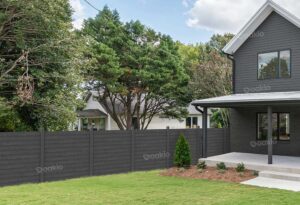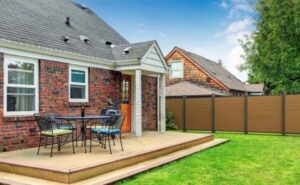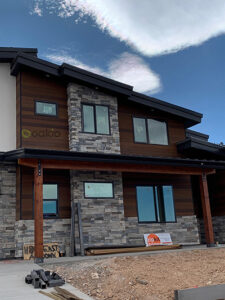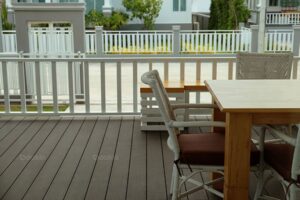On Stable Ground: A Comprehensive Guide to Flush Ground Level Decks
A ground-level deck, also known as a floating or flush deck, is an aesthetic way to extend and expand your outdoor living space with practicality and style in mind. Unlike elevated ones, flush ground-level versions are actually easier and safer to build.
Typically, they don’t require the inclusion of stairs or railings, and they often bypass the need for stringent building permits. Aside from that, they’re also cheaper since they require fewer materials and structural requirements.
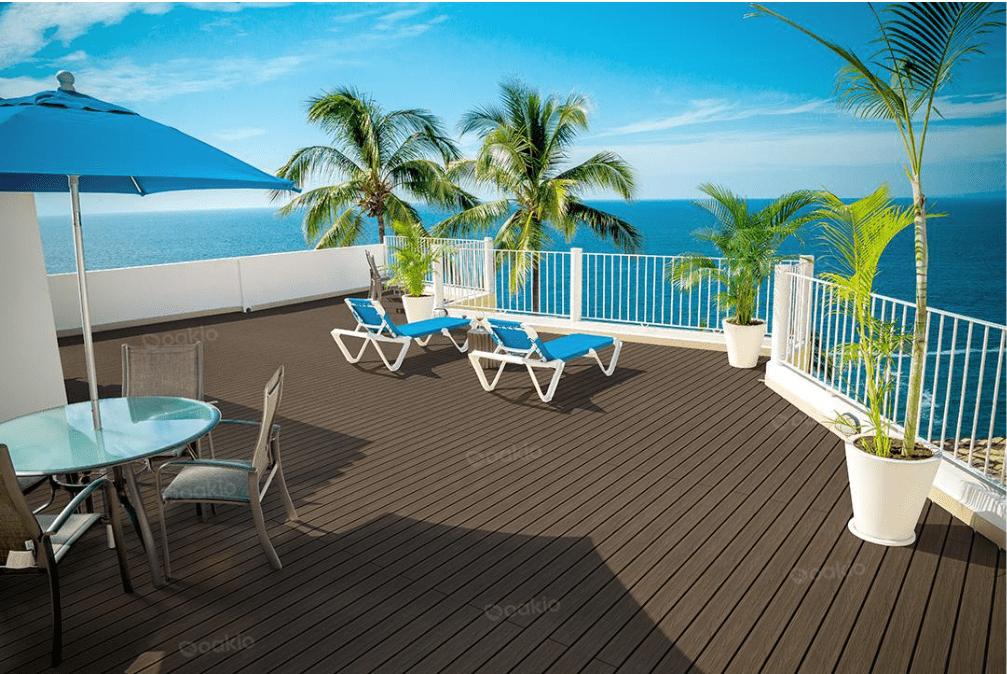
These low-profile decks are perfect for patios, garden lounges, or poolside chill zones. Their versatility makes them a favorite among homeowners who want a functional, beautiful outdoor space without the engineering complexity of raised decks.
In this guide, we’ll teach you how to build a flush ground-level deck from the ground up—including planning, choosing materials, setting foundations, and finishing with style.
Planning Your Ground-Level Deck
A flush ground-level deck is built right on or just above the soil—-creating a clean, level surface that’s both practical and attractive. Whether you’re designing a backyard lounge, poolside retreat, or alfresco dining area, the first step is smart and meticulous planning.
Unlike elevated decks, ground-level versions don’t need ledger boards or structural posts, but that doesn’t mean you can skip the groundwork. Choosing the right location is key, so look for level terrain with proper natural drainage. Avoid areas where water tends to pool after rain, as these can damage the deck over time.
Also, be sure to account for ventilation and airflow underneath. Moisture buildup under a deck can cause wood rot, mold, and mildew. This is especially important if you’re using natural wood or low-clearance materials.
Most local building codes don’t require permits for decks under 30 inches high and 200 square feet in size, but always double-check your local regulations. Finally, define your deck’s purpose: Is it a cozy morning coffee spot? A party area? Your intended use determines dimensions, layout, and even finishing materials.
Materials for Ground Level Decks
Since your deck will be situated close to or in contact with the ground entirely, its framing system needs to be durable. If you’re looking forward to using wood, use pressure-treated lumber rated specifically for moisture and soil contact to prevent premature rot and decay.
When it comes to decking boards, you have options: cedar, redwood, or composite materials. While wood offers natural charm, it requires regular maintenance and is vulnerable to insects and moisture.
This is where wood plastic composite decking comes in. WPC is a strong material made from a blend of recycled wood fibers and plastic and has excellent weather-resistance and low-maintenance quality. Oakio’s WPC decking is an excellent example of this, and Oakio WPC is really built to last.
Aside from materials, don’t forget the fasteners: use corrosion-resistant ones like stainless steel screws or hidden fasteners to ensure longevity and keep the surface sleek and snag-free.
How to Build a Flush Ground-Level Deck
Site Preparation
Begin by clearing vegetation and debris from the area. If the site isn’t perfectly level, use a shovel and landscape rake to grade the surface.
To improve drainage, dig out a few inches of soil and replace it with a gravel base. A layer of weed barrier fabric can also prevent unwanted growth beneath your deck. Use stakes and string lines to outline the deck perimeter and check level with a spirit level or laser level.
Foundation Setup
Use precast concrete blocks or deck blocks to serve as your foundation. These will support your joists and help distribute the load evenly. Apart from that, it helps to space blocks strategically—typically at the corners and every 4-6 feet along the beams.
Make sure each block is level and square. Laying a gravel bed underneath each block boosts drainage and prevents shifting over time. Also, keep the deck just above ground level to allow for minimal airflow. Even a 2-3 inch clearance can make a big difference in deck longevity.
Framing the Deck
Lay the pressure-treated beams onto the foundation blocks. Use joist hangers to attach joists perpendicular to the beams, following manufacturer spacing recommendations (commonly 16″ on center).
Use galvanized angle brackets at the corners for extra strength and rigidity. Confirm everything is square by measuring diagonals. Before proceeding, recheck that the frame is level and that all joists are firmly attached together.
Maintaining even spacing between the ground and the frame improves ventilation, which is critical in preventing long-term moisture damage.
Installing Decking Boards
Position your wood plastic composite decking boards perpendicular to the joists, and start from one end. Remember to leave a small gap, usually ⅛ to ¼ of an inch, between boards to leave space for thermal expansion and drainage.
Secure boards with hidden fasteners or corrosion-resistant screws for a neat finish. Avoid over-tightening to prevent warping. Trim the edges with a circular saw for a clean, uniform appearance. For an added touch, consider a picture frame border using mitered corners.
Optional Steps and Finishing Touches
If your deck sits slightly above grade, you may want to add a step or two. Build steps using pressure-treated 2x4s planks and metal brackets to ensure stability.
Now for the fun part: finishing. Dress up your deck with solar lighting, outdoor rugs, or potted plants. You can also add furniture like a sectional sofa or a bistro set to transform it into a cozy place.
Finally, don’t forget about maintenance. Even with composite decking, keep the area under the deck dry and debris-free. A leaf blower or broom can help keep the airflow unobstructed; you can also use those to keep water away if it pools.
Common Challenges and Solutions for Ground-Level Decks
Building flush to the ground means dealing with potential moisture and airflow limitations. Solutions include:
- Using gravel bases and weed barriers to prevent rot and mold
- Choosing materials like composite decking to reduce maintenance
- Ensuring a 2″ minimum clearance for airflow, even with ground-level setups
DIYers on popular community forums like Reddit often recommend utilizing vent holes or skirting around the deck to improve airflow; some even add small ventilation fans for problematic areas, which might seem extreme for some, but absolutely necessary for others.
Another tip is to avoid direct ground contact with wood to the best of your abilities and whenever possible. If unavoidable, opt for WPC to ensure your deck will last a ton longer than wood.
Why Choose Oakio WPC for Your Ground Level Deck?
When considering where to buy wood plastic composite decking, Oakio stands out for its blend of innovation, sustainability, and long-term performance.
Oakio’s WPC decking is engineered to resist moisture, decay, and insect damage—key concerns when building flush with the ground. Its low-maintenance nature means no more regular and annual sealing or staining.
Unlike standard plastic or softwood boards, Oakio WPC decking offers the authentic look of timber without the drawbacks. It’s ideal for ground-level decks because it doesn’t warp or rot from ground moisture, and it retains its finish with minimal effort.
Best of all, Oakio uses recycled materials and advanced co-extrusion technology that strengthens the final product even further, making it an eco-friendly and reliable decking choice.
So, whether you’re aiming for a modern aesthetic or rustic charm, you can rest assured that Oakio’s product line supports both style and substance without skimping on durability and weather resistance.
Conclusion
A flush ground-level deck is one of the most accessible and rewarding outdoor upgrades you can tackle as a homeowner. With thoughtful planning, the right materials, and proper ventilation, you’ll enjoy a stylish and functional space for years to come.
If you want a low-maintenance yet highly durable deck solution, opt for WPC, especially from Oakio—it’s a smart investment that will be evident even for years to come. Ready to start your deck project? Explore our decking catalog today!
Trending Reading
What Are the Differences Between the WPC Board and PVC Board?
[2025 Update] How Long Does WPC Decking Last?
